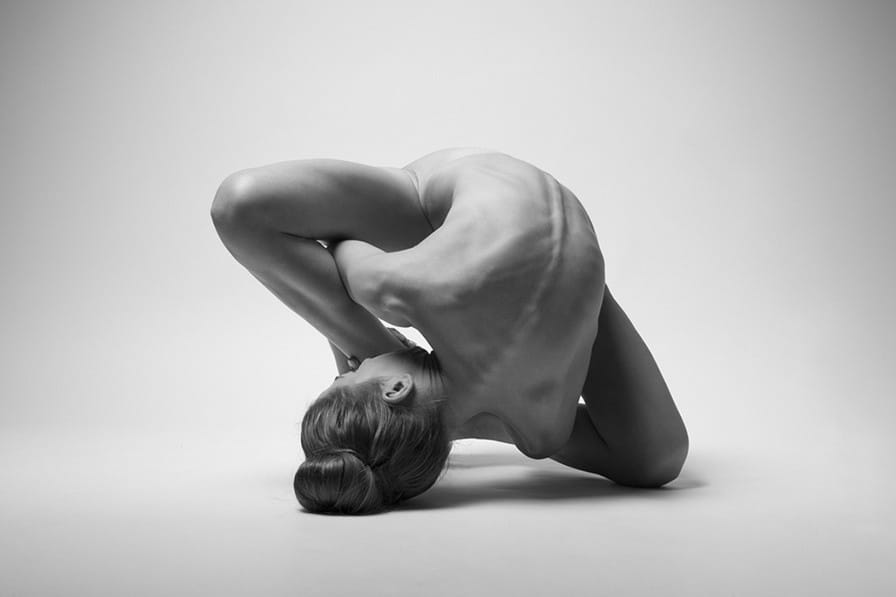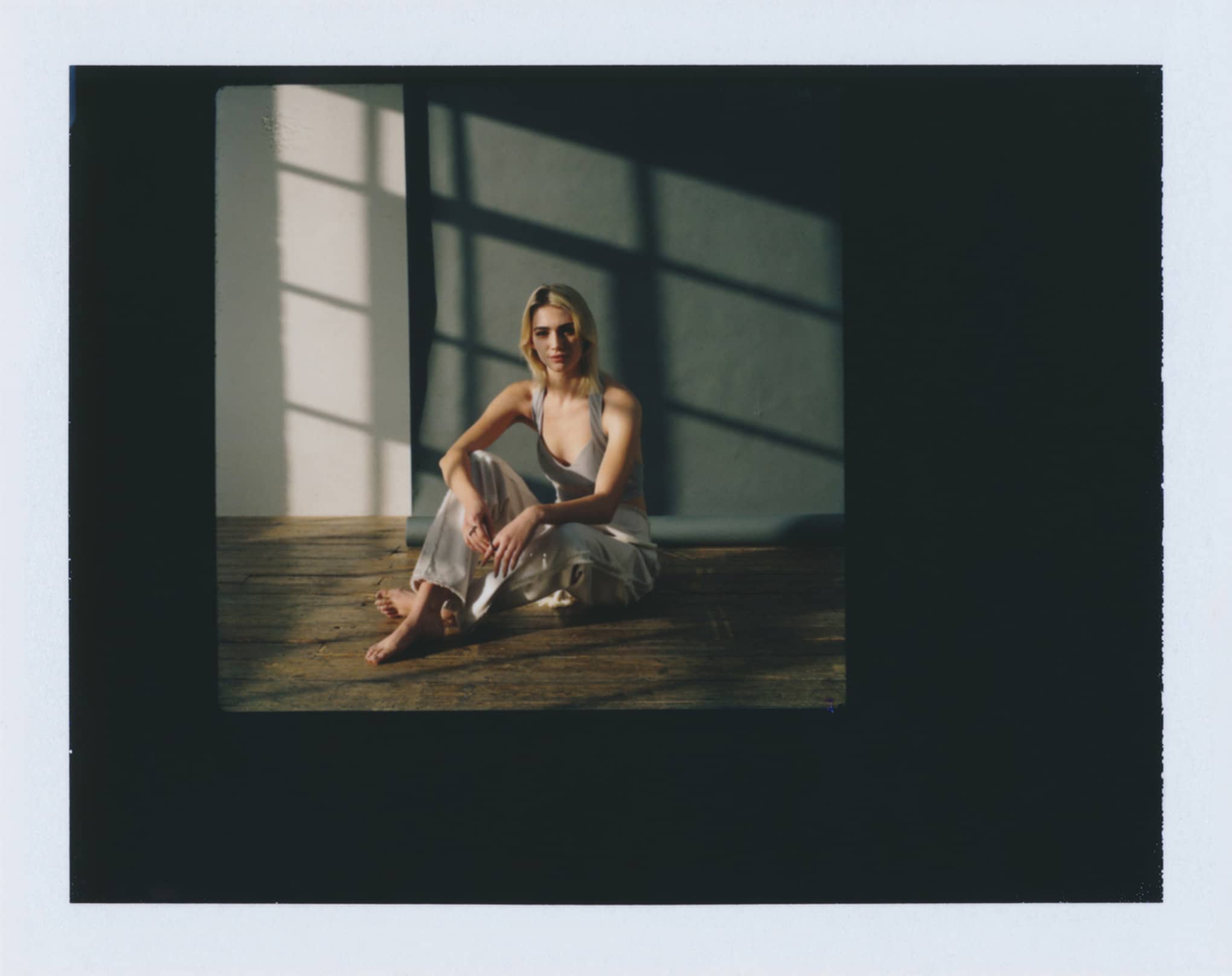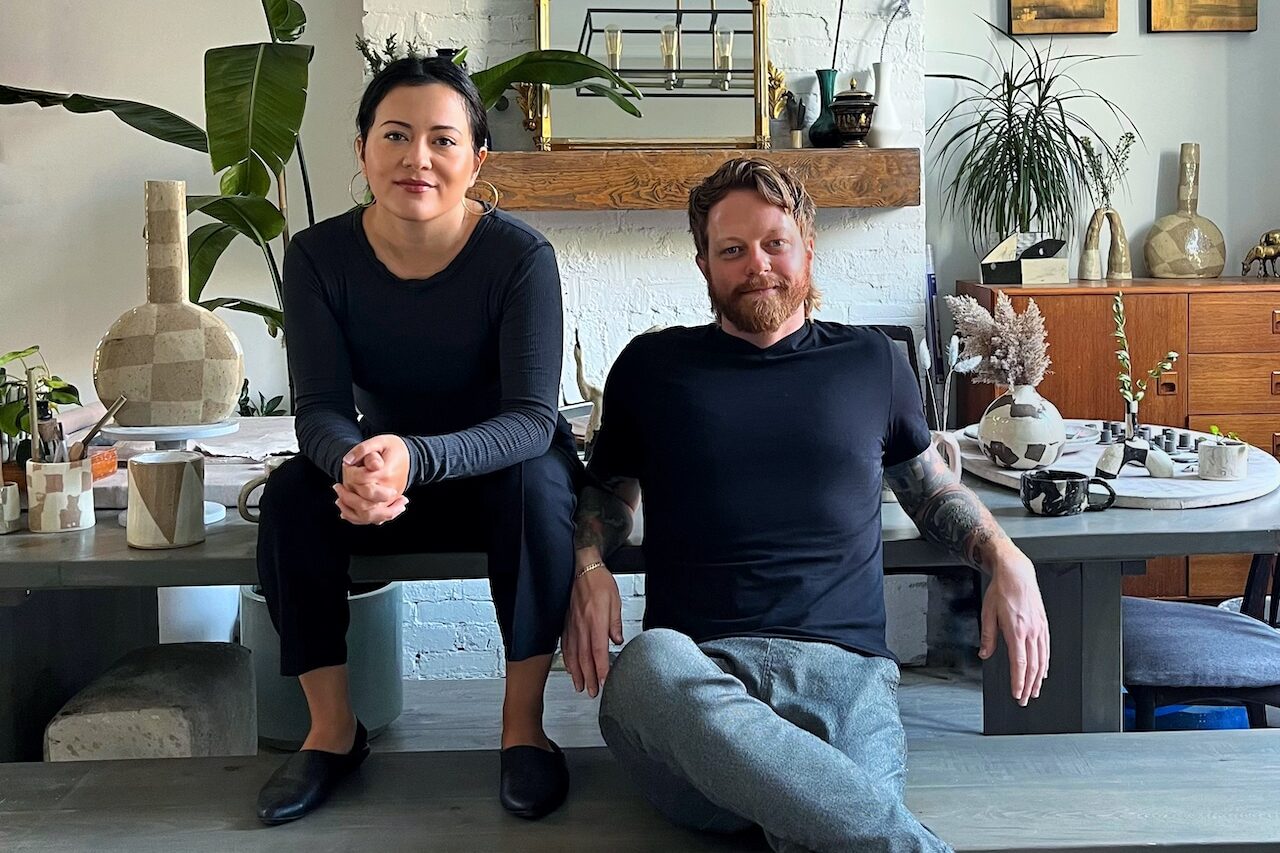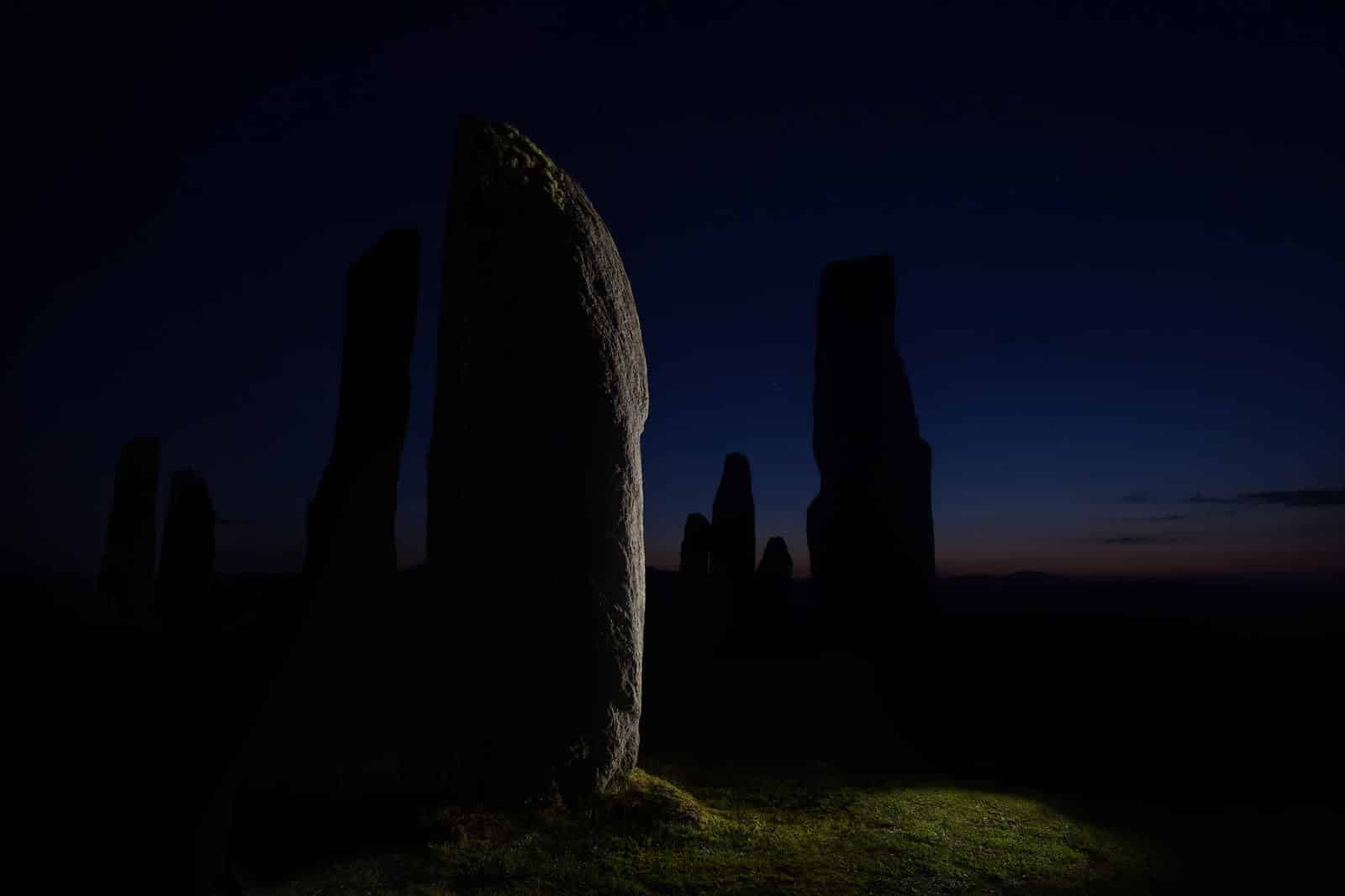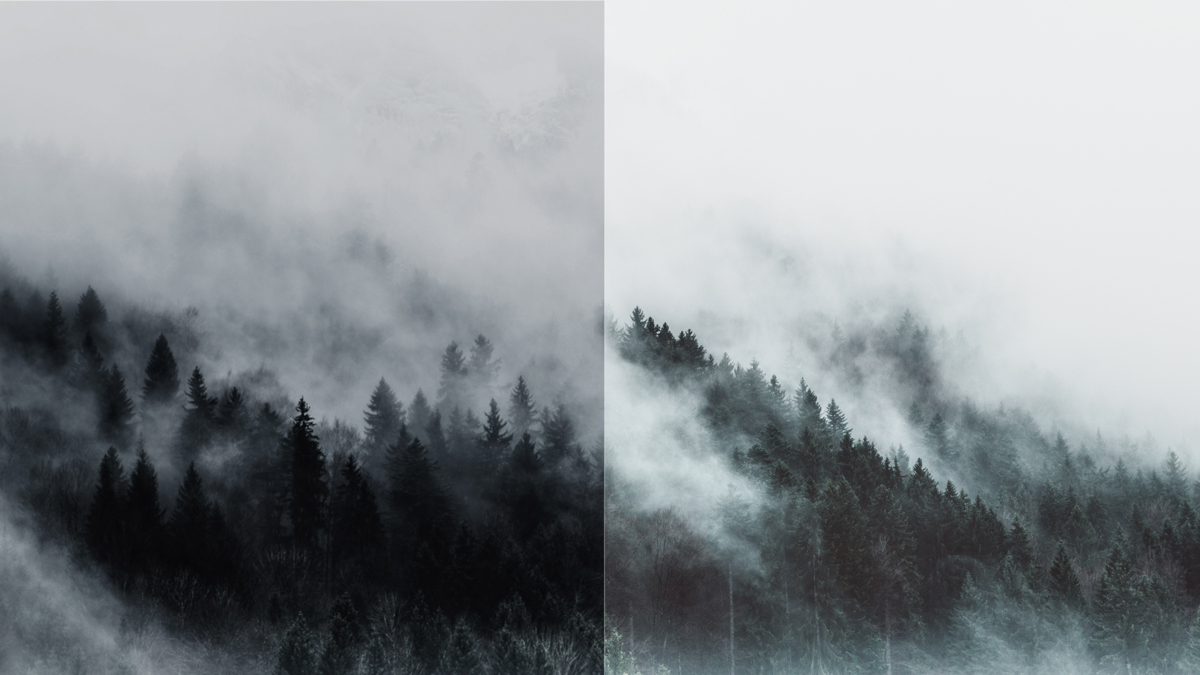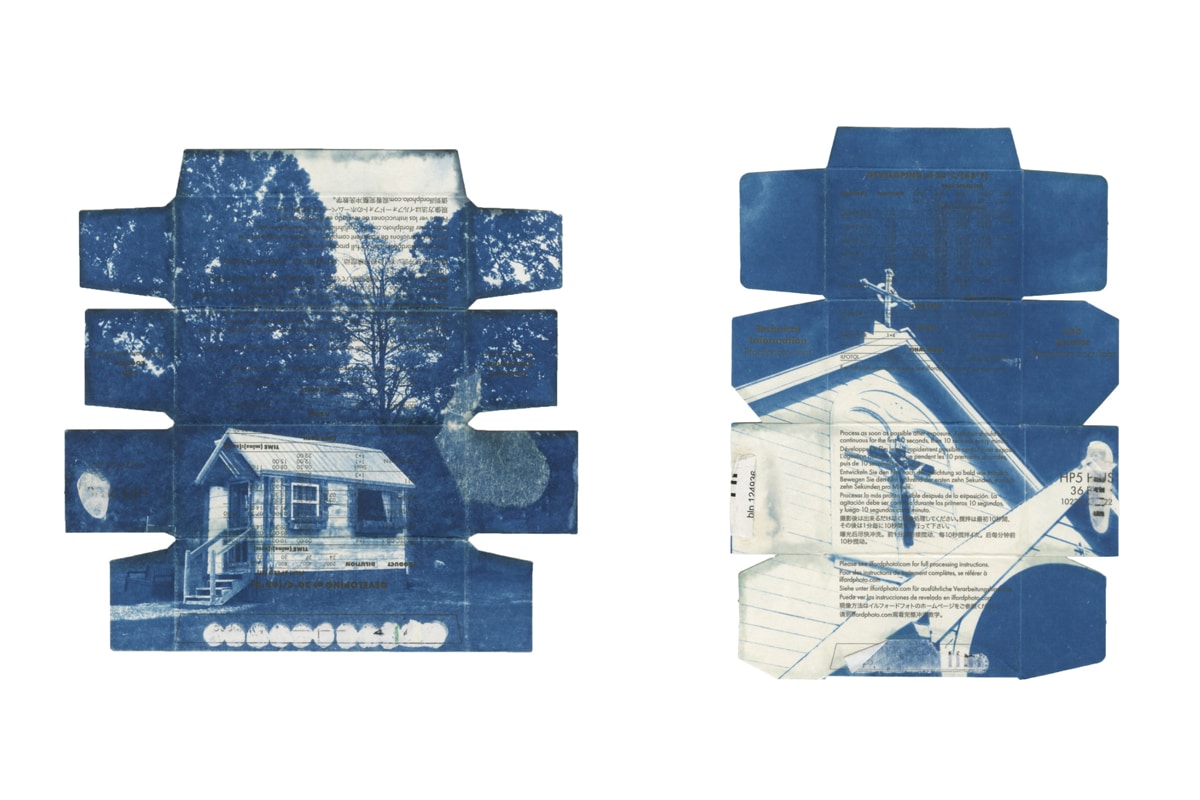The ability to capture movement in a still image is one of the most exciting aspects of photography—and maybe one of the hardest to master. A careful combination of gear settings, experience, talent, timing, the laws of physics, and a bit of luck need to come together to make the perfect motion shot a reality.
Whether you’re shooting live music, dancers and athletes in action, cars streaming down a freeway, or laundry drifting in the breeze, moving subjects are tricky to capture. To get some insight into how to capture great action shot photography, we asked some masters of movement-focused photography for their best tips. Photographers Miki Avila, Diego Texera, Emilie Möri, Arkadiusz Branicki and Greg Gallinger weigh in.
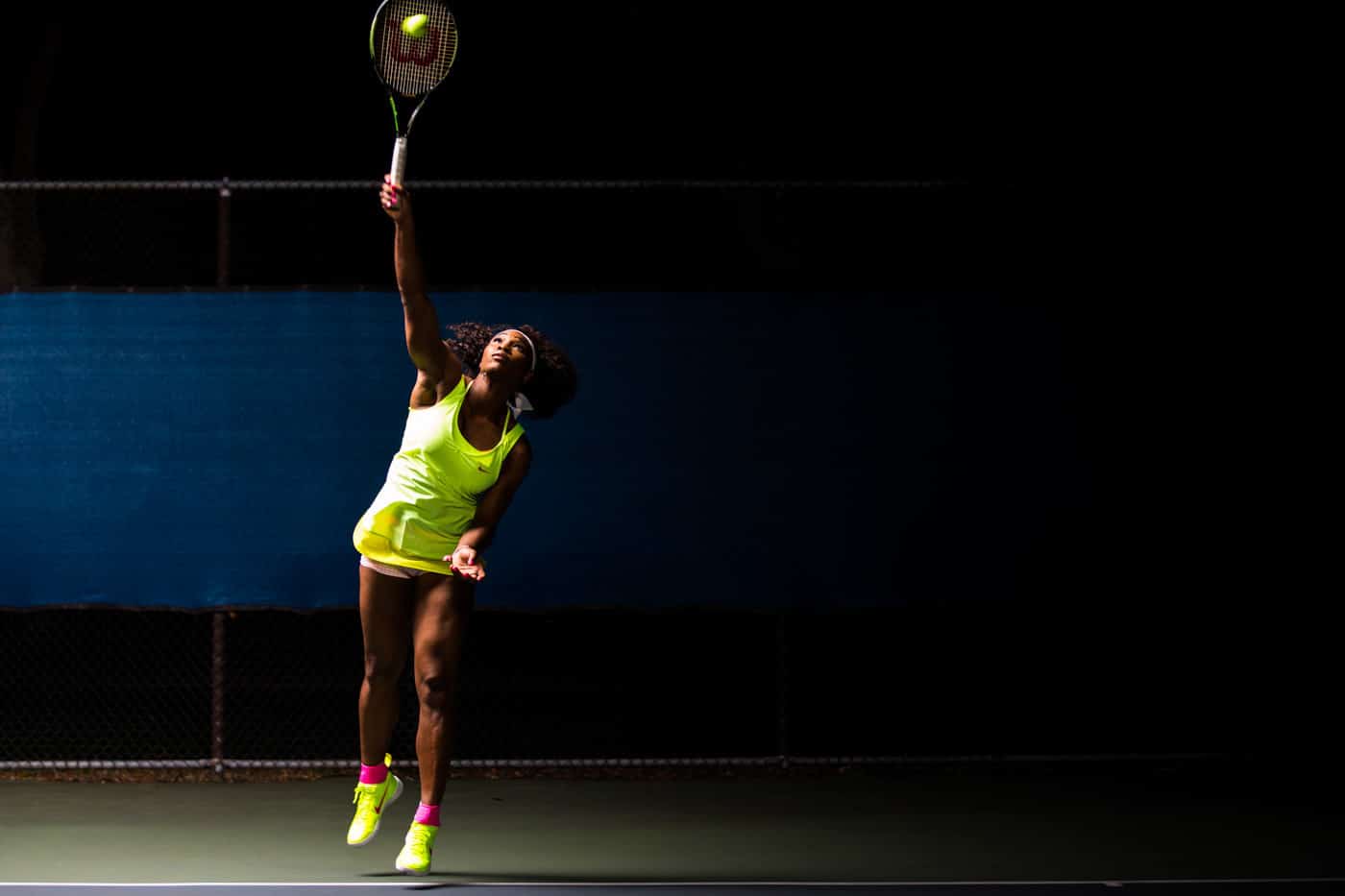
1. Decide if you’re going for realism or abstraction
Figure out whether the image requires a crisp snap of stillness or a more impressionistic slur of colour and form. Both can be beautiful—it all depends on your personal taste and your client’s preference. Low light or a slow shutter can create softer lines. This can be interesting when tracking a point of extended or twisting motion, like headlights on a dark road appearing as yellow streaks or the arm of a dancer blurring in the shape of a port de bras. This technique looks especially stunning on film.
Freezing motion requires high wattage and a speedy shutter. Think a tennis player mid-swing, or a voluminous skirt billowing in the wind. All capture the feeling of movement seized with a tense energy.
“Do we want to freeze motion, or do we want motion to be felt?” asks Miki Avila, a Madrid-based photographer who often shoots on film sets, where capturing fast-paced action is crucial. Avila has also shot athletes for Adidas. He adds, “I think the point for everything is light, and the amount that we can have on our scene—natural, or with lighting equipment.”
Greg Gallinger shares an anecdote on different ways to show motion: “I recently took a photo of a man standing at a railroad crossing waiting for a train to pass. I slowed down the shutter just enough so that the train would appear as a blurry horizontal line through the scene, but the man was tack sharp. It gives you the sense that the train is really whizzing by—that wouldn’t have been as effective if it was completely in focus.” Gallinger is a Canadian photographer who frequently shoots live bands and also atmospheric action shots.
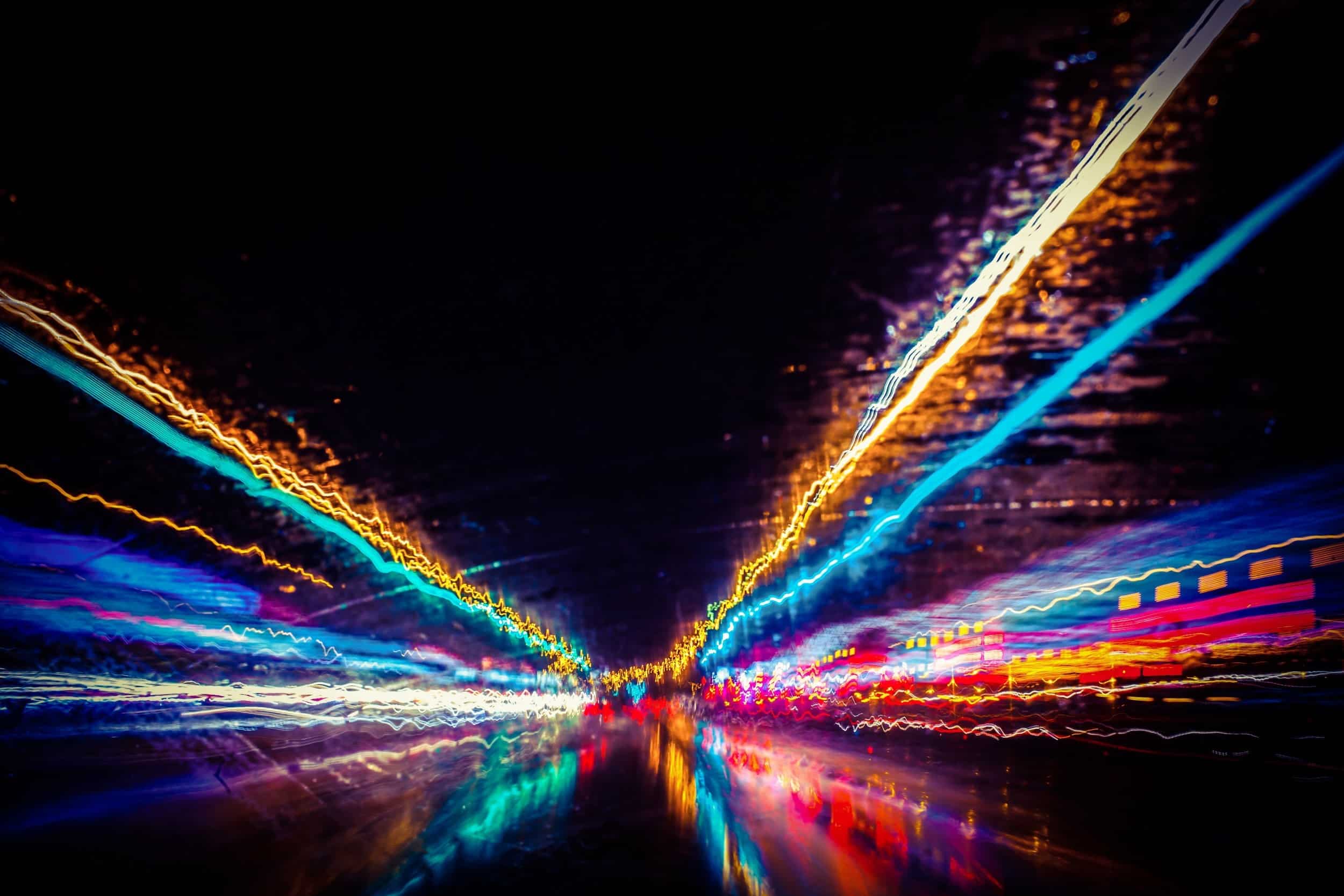
2. Pay attention to lighting
The amount of light flooding into your shot has everything to do with exposure and clarity—but you knew that already. Being aware of what the available lighting will allow you to capture, and how to manipulate the light if there is a certain effect you desire are both necessary to get the shot you want. That being said, composition and focus still reign supreme.
“A good amount of watts for lighting—either flash or continuous—is always really useful,” explains Avila. “If you’re shooting a project where you have to move around and solve things quickly, using a larger aperture will help you get a punch on your sharpness.”
“The single best asset for freezing motion is light,” Diego Texera says. “You cannot shoot fast moving objects without it.” Texera is a Miami-based photographer who has shot action-packed photos for the likes of Cirque de Soleil and Gatorade.
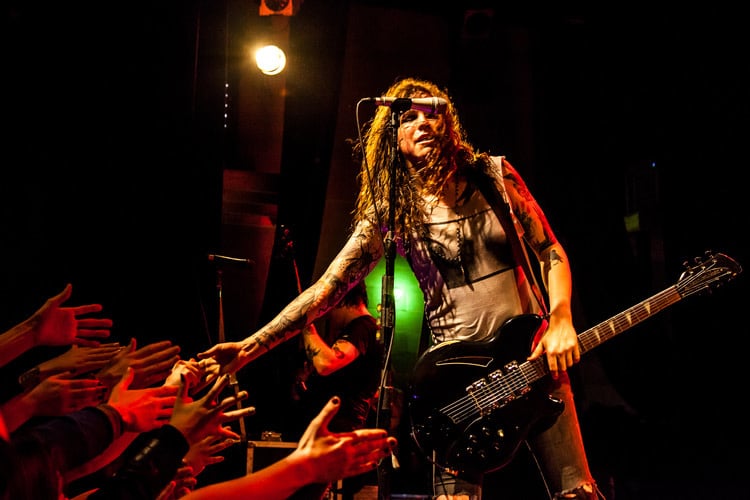
3. Set the scene
If you’re prepping for a client, do your homework. Figure out what you want to achieve and what to avoid. Block out the scene with movement in mind in order to have more control over the outcome. Take some test shots once you arrive on set so you’ll be comfortable and ready to adjust to the movement around you if needed. It also helps to know your camera like the back of your hand—you should be prepared to make speedy adjustments.
“Don’t just take your shots, make them too,” advises Texera. “Plan to test angles and try new things, but always give your craft the time and respect it deserves by preparing.” Gallinger agrees: “Once I arrive at a location, I fire off a few test shots and adjust my settings accordingly. For live music, I’ll take some shots of the opening band to gauge the lighting conditions.”
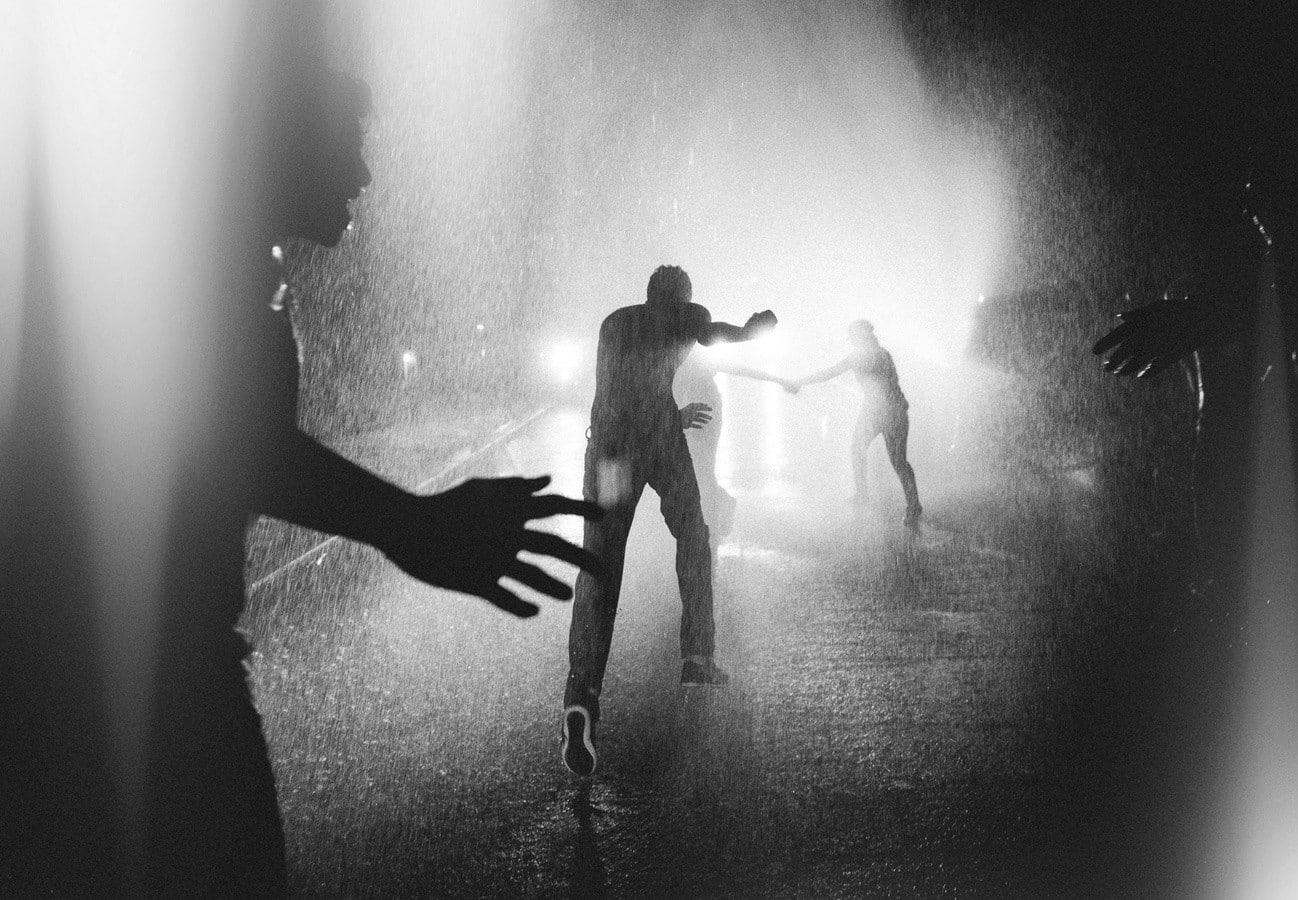
4. Pack light
Whether it’s a busy street or a crowded club, shooting in a high traffic area can be tricky when you’re lugging around loads of gear. Figure out which basics you need and learn how to utilize them to your advantage.
“I don’t like to be encumbered while I’m shooting, so I decide ahead of time what equipment to bring,” says Gallinger. “I used to carry a shoulder bag with all my lenses, but these days I rarely switch lenses during a shoot. I’ll have both my cameras, one with a wide angle lens and the other with something more telephoto.”
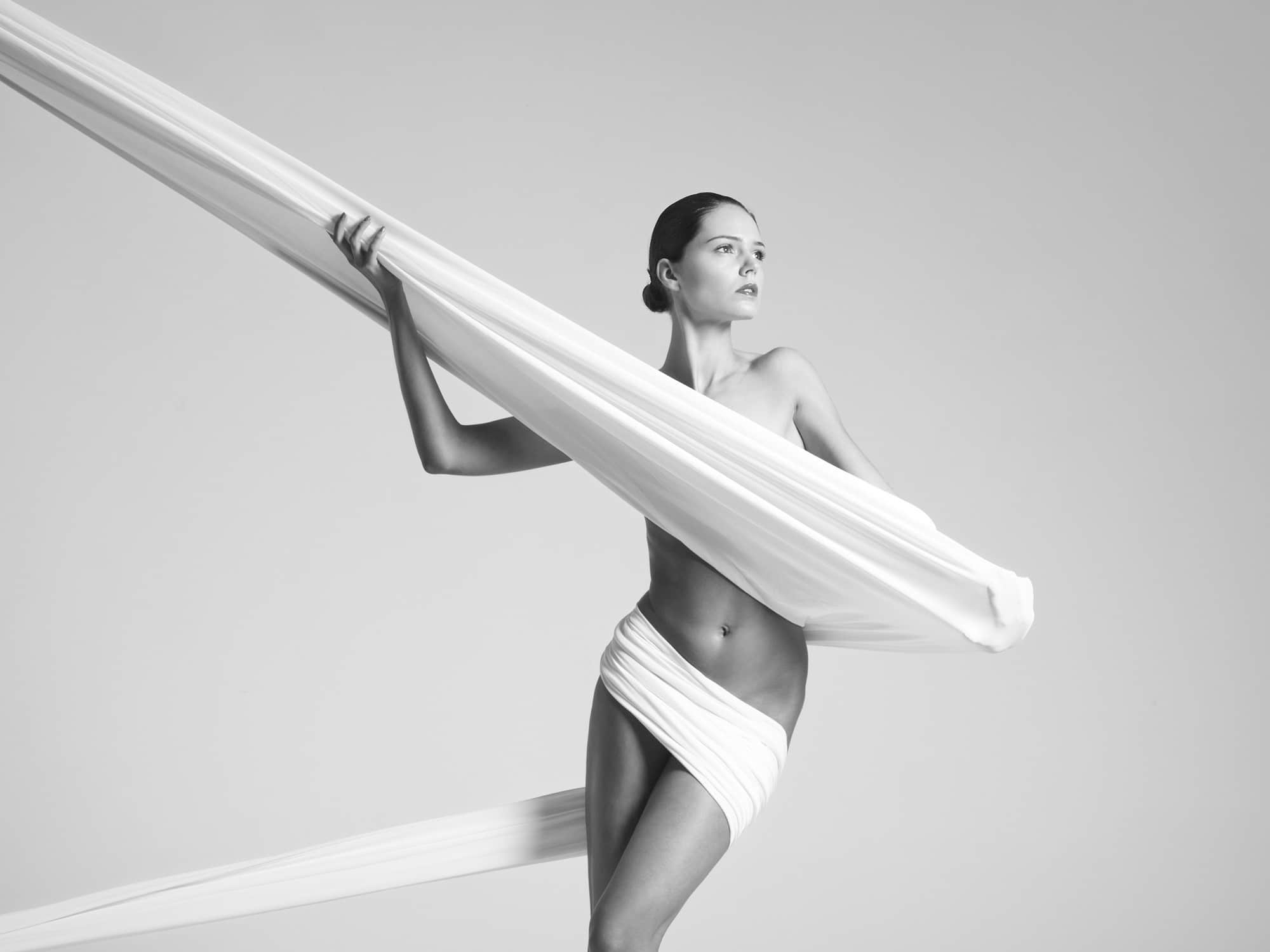
5. Get to know your subjects
If you’re photographing someone’s body, it helps to know the person behind it. Being aware of your subject’s personality will help the resulting image be dynamic and unique. Communication is key. If your subject is comfortable, it will read in the image.
“Every model teaches me something new,” Branicki says. “One ballet session I shot, I was trying to explain a complicated figure and the woman interrupted me and said, ‘Don’t explain, I’m a dancer. Just show me what to do, I’ll do it, and you’ll say it’s perfect.’ I admire her for that.”
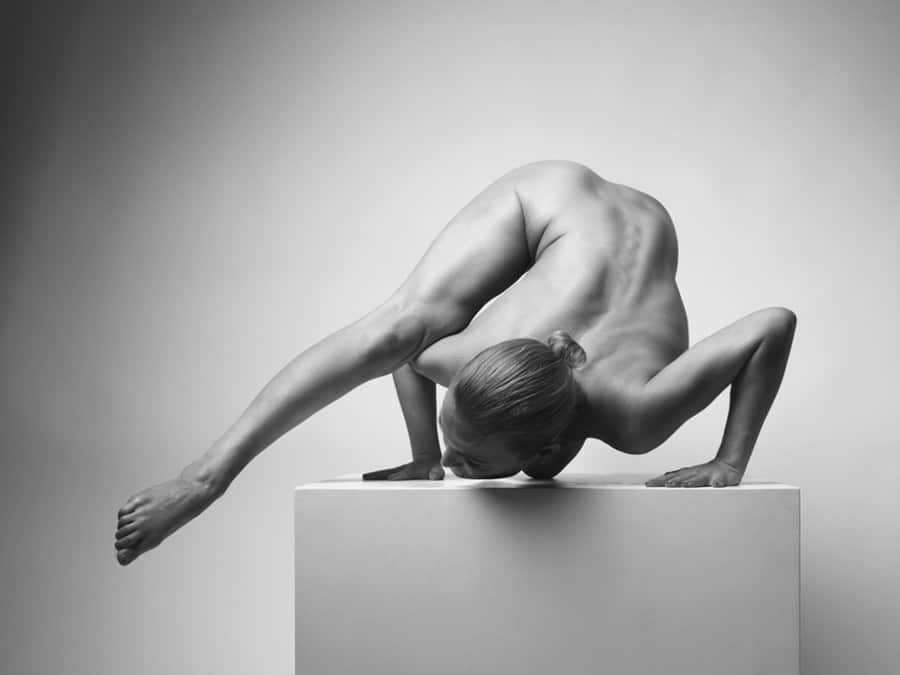
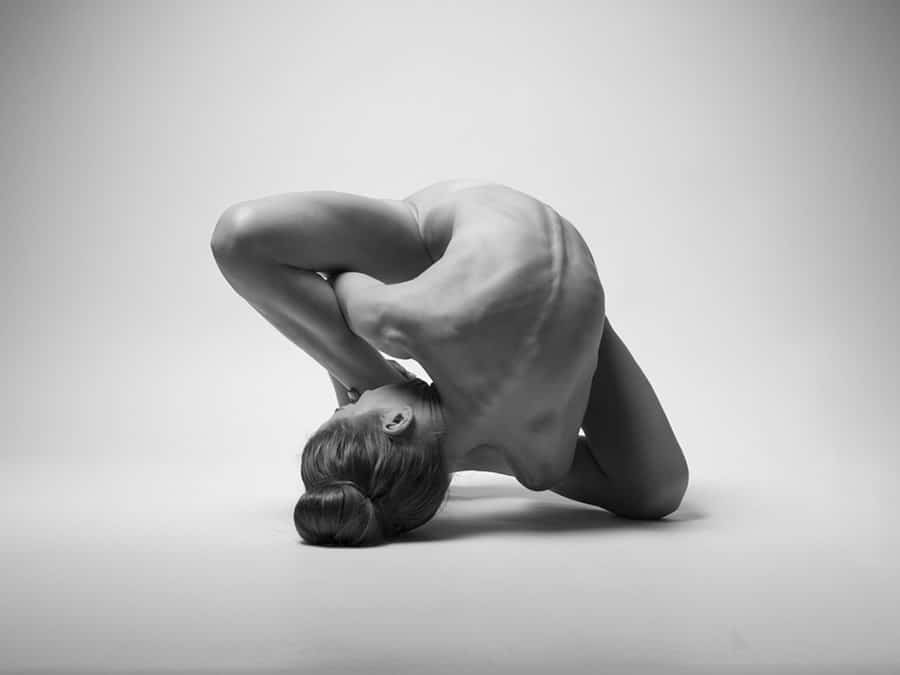
6. Accessories are key
Utilize creative props to make motion tangible. By being able to see the ripple effect of how movement flows through not only the body but also through a supporting object, the viewer has a greater sense for the motion being represented.
“I use all of the elements that I have, my imagination, my remote control, and editing on Photoshop to get a result that is closest to my goal,” says Emilie Möri. Based in France, Möri creates unique, motion-focused fine art photography. “Using the movements of the human body and the movement of hair gives a dynamic edge to my photography,” she adds.
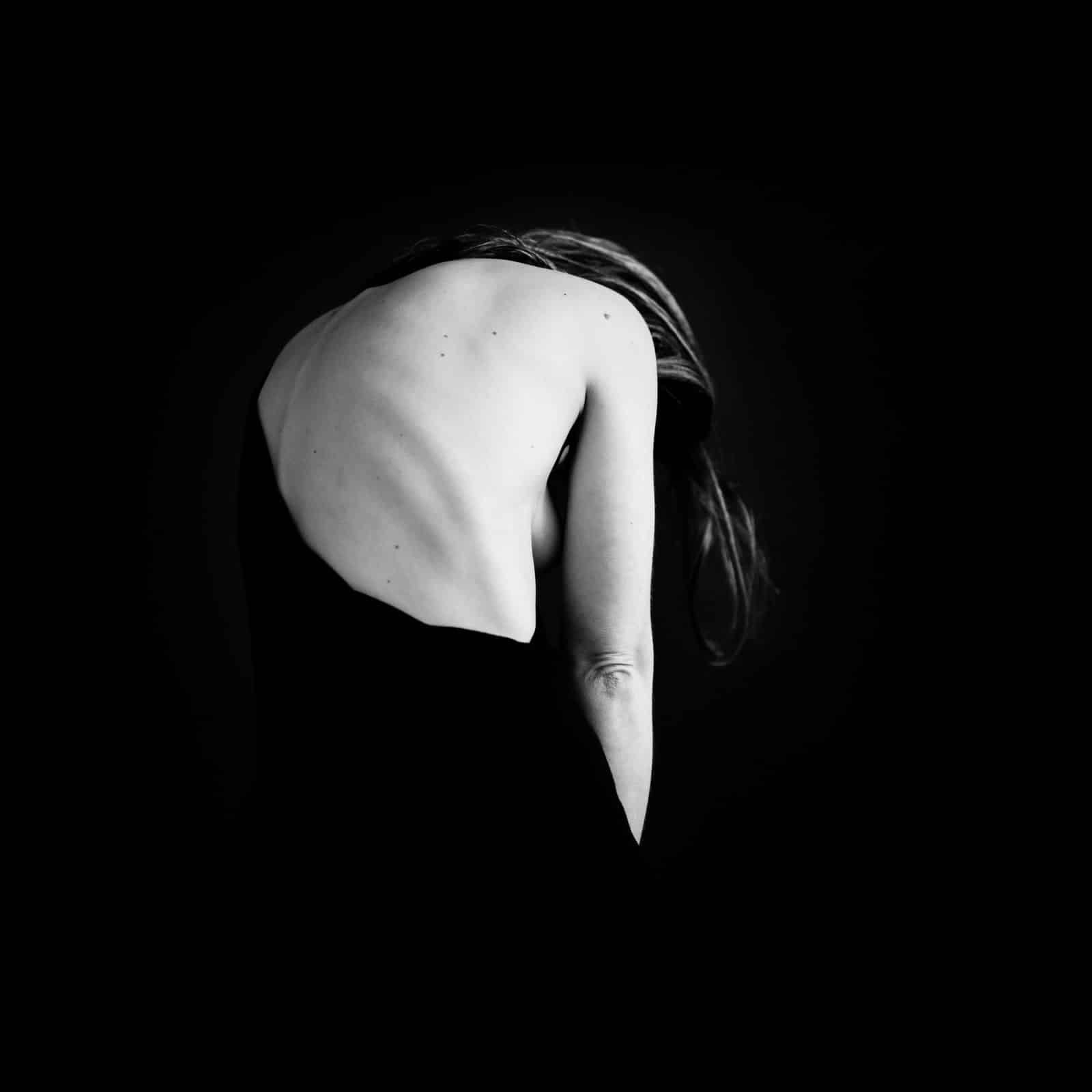
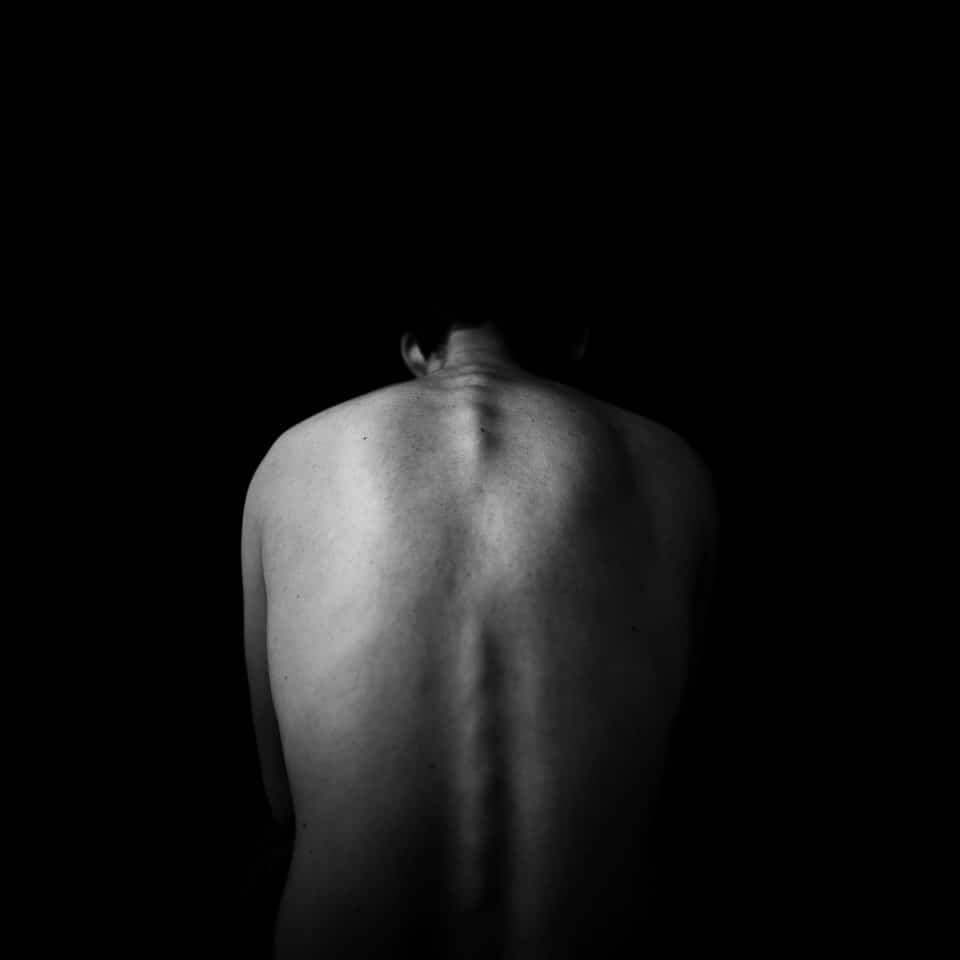
7. Understand the body
Having an understanding of how the skeletal structure moves, how impulse travels through the body, and precise moments of take-off for jumps is pivotal when capturing the likes of quick athletes, energetic dancers, expressive models, and frenetic musicians. Not only will knowledge of how the human body moves allow you to feel more confident with your timing, but it will also affect your knowledge of flattering angles and positions, as well as make you more aware of what is safe for your subject. You don’t want anyone twisting an ankle.
“I often have to start with a static shot to understand the anatomy,” says Arkadiusz Branicki, a Polish photographer who specializes in creative nude portraits. “You have to observe how the body moves and how much it can do. Drawing is also helpful. My walls are covered in drawings so I can analyze my ideas.”

8. Know the advantages of autofocus
It might seem like cheating, but some movements are simply captured better with autofocus. Diehard old-school photographers may swear by manual, but if you’re after a crisp line in low light, autofocus is the way to go. Your eyes are nothing compared to the technology of today.
“Numerous photojournalists rely on autofocus—not because they can’t manually focus, but because when it comes to getting sharp focus you can’t always rely on your eyes or your quick reflexes,” Gallinger explains. “This is especially true if you’re shooting sports, or wildlife, but also for live music. It’s better to have sharp photos than a false sense of superiority.”
